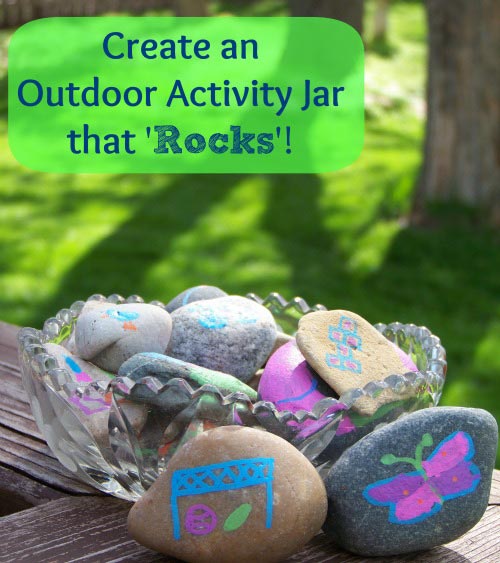One way we beat those long, indoor days is by pulling out the paints! Snow days, rainy weekends or days off from school always invite a little creativity in our house.
And painting is one of those activities that keeps the kids engaged for quite a while (always a plus for those long days).
Watercolors: Art & Science for Kids
I love to introduce the kids to new art materials, especially ‘grown up’ materials that they may not have the opportunity to use in a regular art class. It’s always fun to find something beautiful to create with and something unique that they didn’t know existed!
Take paper — if you visit a craft store and look in the paper aisle, I’m sure the kids will be amazed at how many types of papers can be used for art projects. Tracing paper, construction paper, drawing pads, watercolor paper — quite a variety.
And for watercolor projects, I highly recommend getting a pad of watercolor cold press paper. It’s much heavier than most regular paper and will produce a better picture once the paints dry. It’s also easy to frame or hang.
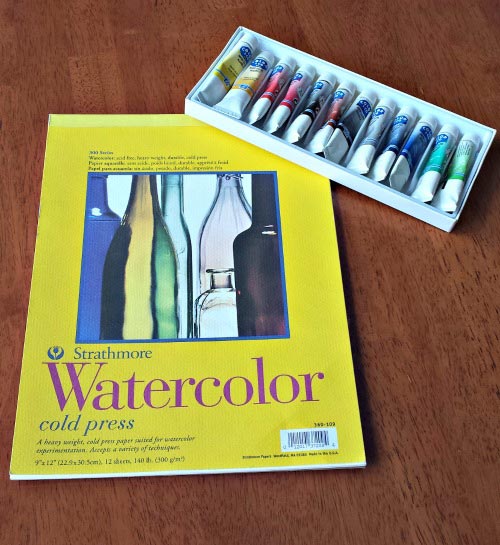
Here are affiliate links to the items we used —
I also purchased a set of Assorted Watercolor Paints for this project. These come in tubes — just squeeze some out into a small cup (we used an old cupcake tin) and add water. And we really like the Strathmore Watercolor Paper. It comes in a 9 x 12 inch size which means the kids get a nice large sheet of paper.
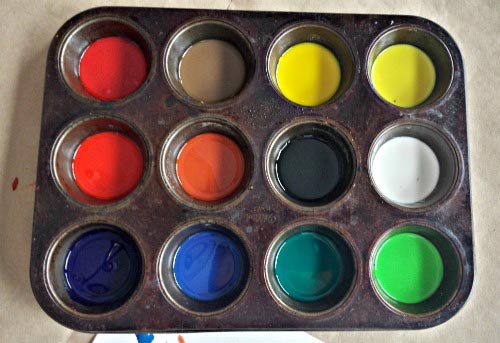
The more water you add, the more diluted the colors. So if you’d like dark, vibrant colors, don’t add too much water.
Pretty, aren’t they 🙂 You can see in the photo below that we had a ‘testing paper’ so we could see how light or dark the colors were as we mixed them.
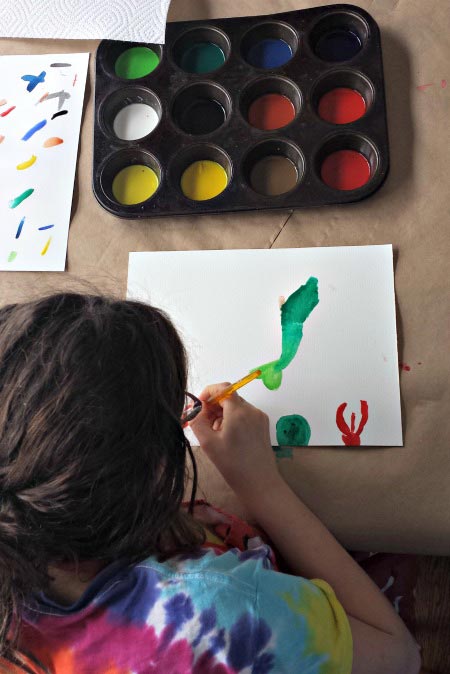
Give kids a palatte of watercolors and a blank piece of paper and let them create!
There’s no need to draw your picture out first — they can just create what they’d like with a paint brush. My daughter is infatuated with the ocean and marine life so the vibrant blues inspired her to make an ocean scene.
The Science of Watercolors
There are a few fun science discussions you can have when using watercolors. The first is the concept of concentrated vs. diluted. Remember above when I mentioned that the more water you add to the paints, the more diluted the color. That’s a great activity to do as you set up your paint station.
Choose one color of paint. Place an equal amount of paint in two dishes — then add twice as much water to one of them as the other (say 2 Tbsp. of water into one cup and 1/4 cup of water to the other).
Have the kids use both to paint a quick picture so they can see the difference in the color.
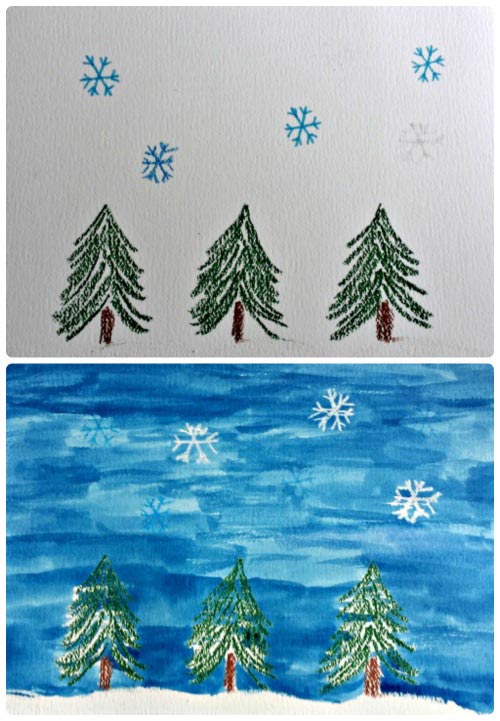
The second science activity is watercolor resist painting.
Oil pastels and crayons include ingredients that will repel or resist mixing with water and watercolor paints. While water-based markers are more likely to mix and blend in with watercolor paints.
I chose to use our oil pastels, crayons and markers with the watercolors. I’m sure you remember this technique from a childhood art class — it’s a very popular. Draw a picture with oil pastels or wax crayons. Then apply your watercolors over the top of the picture. The pastels and crayons repel the watercolor (there’s a little science tucked in here) so your original picture ‘pops’!
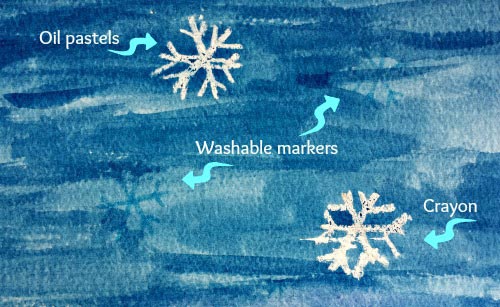
Here’s an after shot of the project up close — you can see that the snowflakes drawn with markers blend in with the watercolors while the ones drawn with oil pastels or crayon stand out.
This is really fun for kids to see when you use white pastels/crayons on white paper and then paint over with watercolors — they’ll think it’s magic 🙂
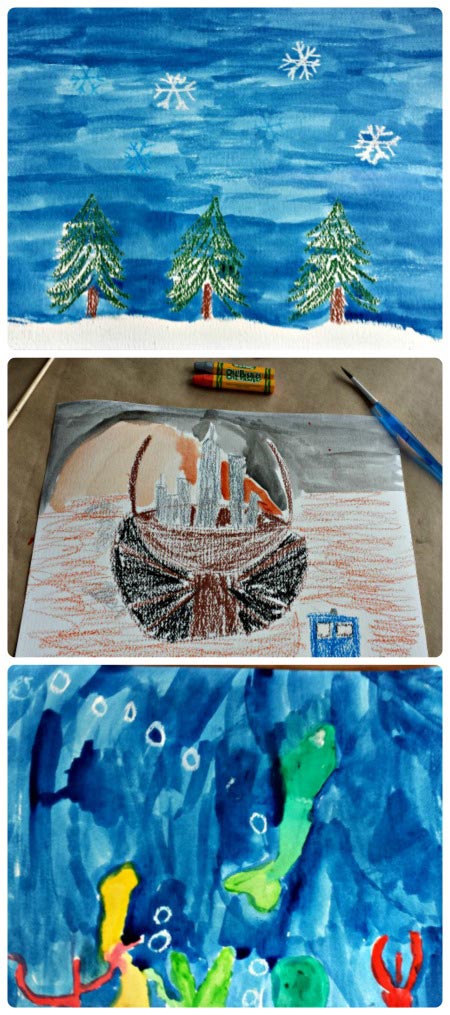
My teenager got involved in our art afternoon too — he created a colony on Mars (middle photo).
Here’s a summary of the three ways we used the watercolors — overlaying the paints on a drawing (top photo), using the paints in compliment with the pastels (middle photo) and creating a picture with mostly watercolors (bottom photo – only the bubbles are pastels).
Of course, we had some paint left over after all our creating — what do you do with extra watercolors?
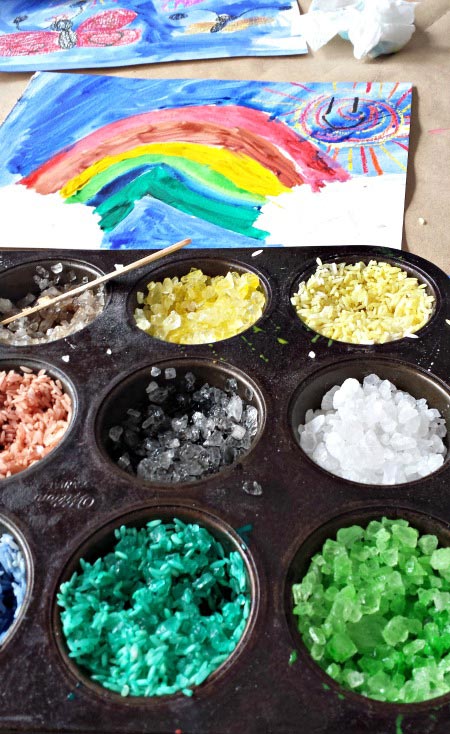
We chose to add some white rice and rock salt to the leftover paint and let it mix and dry for a few days! Watercolors are a great way to add color to other art & craft materials.
So now we’re all set for another great day to create — so stay tuned for our next art adventure to see how we use these new materials!
Enjoy creating!
~ Jacquie
You might also like:
Outdoor Activity Jar that ROCKS!

